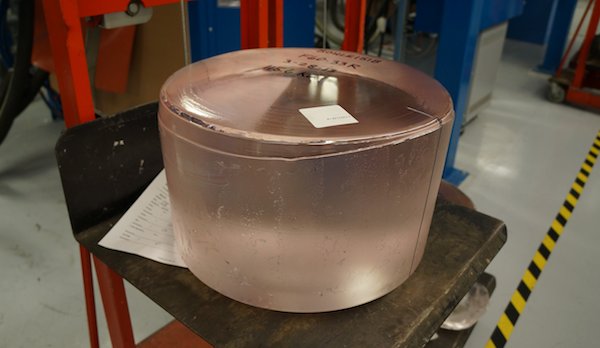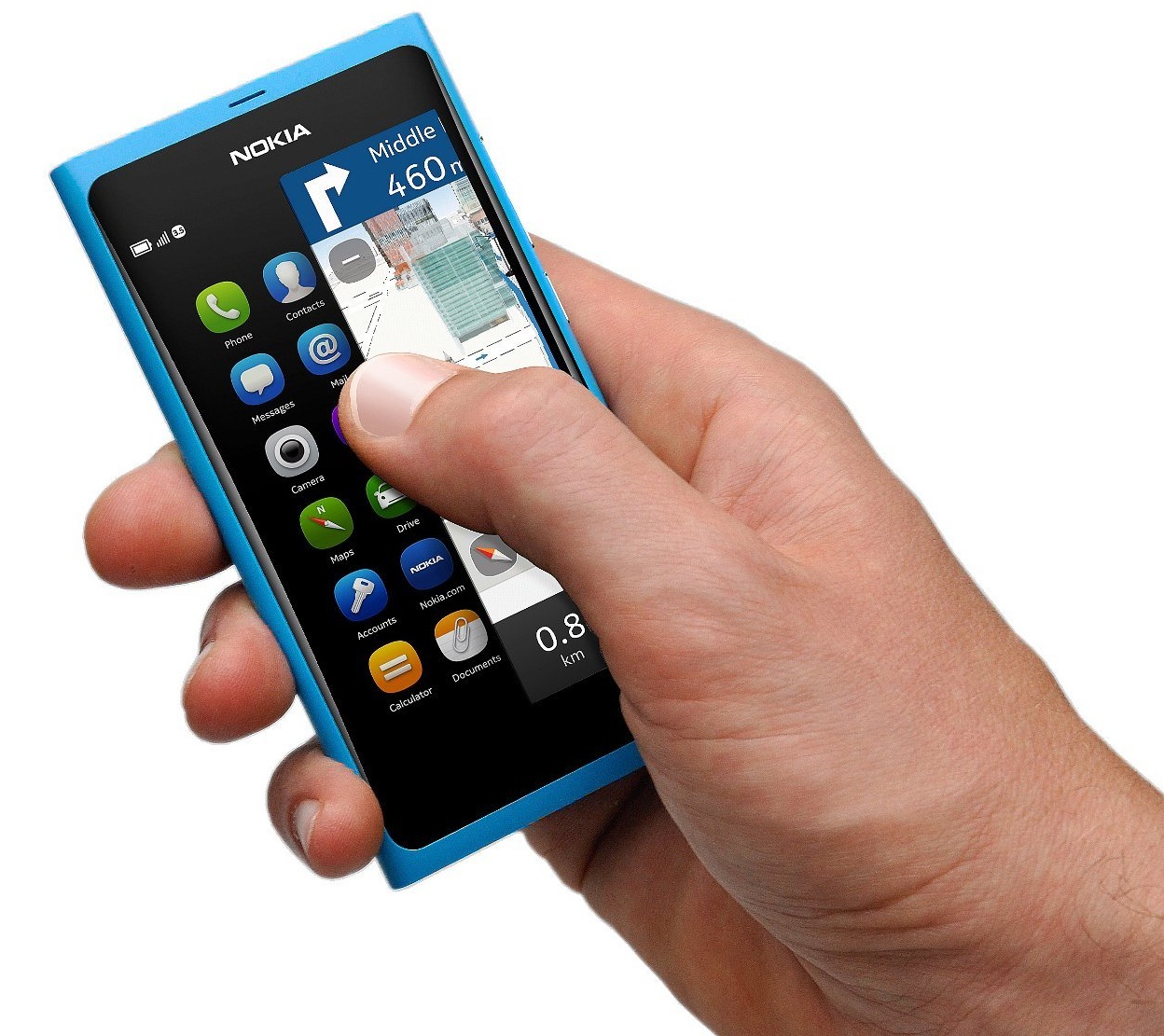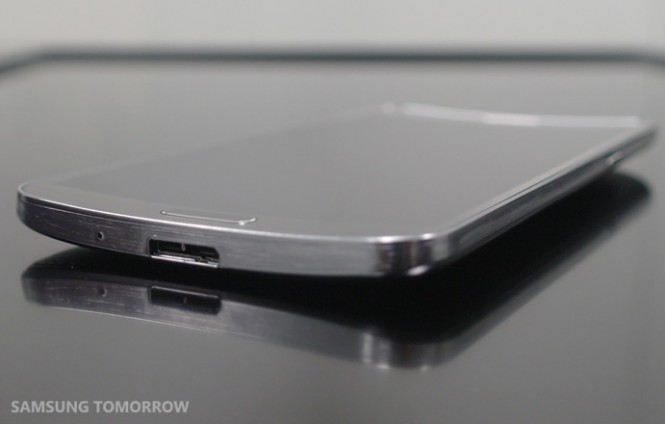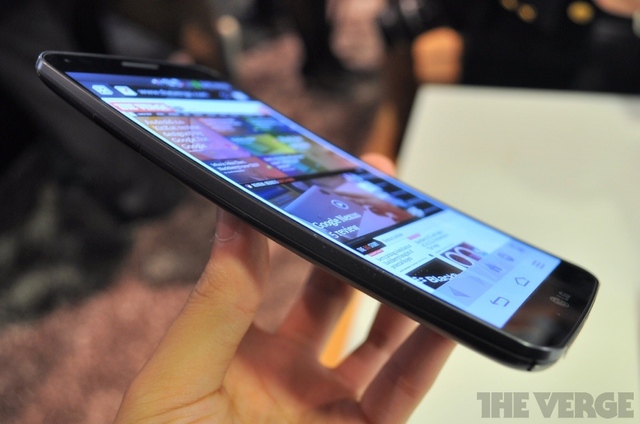Analysts think Apple will respond to competition by producing not one, but two large-screen iPhone models in 2014. According to Piper Jaffary’s Gene Munster (infamous for its Apple-branded television set prediction), the iPhone 6 will make its debut in September 2014 and it’s going to be a “blockbuster” release thanks to a blown up screen.
His peer, Peter Misek over at Jeffries, thinks the iPhone 6 will offer a 4.8-inch screen. If anything, Samsung has managed to prove that phablets sell: the company predicts shipping a total of hundred million units of the five-inch Galaxy S4 smartphone and the 5.7-inch Galaxy Note 3 devices this year.
Whichever way you look at it, phablets have quickly gone from a niche category to being the hot new form factor. How does this change in market dynamics affect Apple?
According to Misek, a whopping 50 percent of smartphones shipped last quarter had screens larger than four inches, compared with just 20 percent a year prior. Still, the current iPhone lineup maxes out at four inches.
Digitimes Research thinks Apple could ship up to fifty million units of five-inch iPhones, accounting for as much as 26.6 percent of the estimated 190 million iPhone shipments in 2014. In other words, one out of each four iPhones next year could be the iPhablet.
Specifically, Digitimes Research derived the figure from Apple’s $578 prepayment to supplier GT Advanced.
A 115kg cylindrical section of industrial sapphire called a “boule”.
Apple is basically funding next-generation furnaces in order to secure multi-year steady supply of the sapphire cover glass, currently used to protect iSight camera lens on iPhones and the Touch ID fingerprint sensor.
Apple’s funding will go toward bolstering up GT’s manufacturing prowess as Apple gears up to build a next-generation sapphire production capacity in Mesa, Arizona, which the research firm thinks will “produce enough sapphire to make five-inch screen covers for 33.79-50.56 million iPhones a year”.
US$578 million can be used to procure 1,930-2,890 sapphire growing furnaces for a monthly production of 5.28-7.90 million mm of 2-inch-equivalent sapphire ingots, Digitimes Research indicated.
Such a volume of sapphire ingots could be used to make screen covers for 33.79-50.56 million 5-inch iPhones a year, accounting for 17.8-26.6% of the estimated 190 million iPhones to be shipped in 2014.
In addition to Misek and Munster, the highly accurate analyst Ming-Chi Kuo wrote in a note to clients that Apple is experimenting with large-sized iPhone screens, based on his recent tour of Apple’s suppliers.
In lending the iPhablet meme an aura of credibility, the credulous Wall Street Journal recently asserted Apple’s been testing iPhone screens measuring between 4.8 and six inches diagonally.
However, Kuo isn’t convinced Apple will go beyond five inches due to its “unwavering principle of one hand use”. The notion was shared in the December 2013 issue of the Japanese magazine Mac Fan, which claimed Apple engineers are looking to make the side bezels of a large-screen iPhone as skinny as possible.
http://www.youtube.com/watch?v=O99m7lebirE
This edge-to-edge design should allow for one-handed use, the story asserted, adding Apple will actually advertise the iPhone 6 as the first phablet on the market optimized for one-hand operation.
As if that weren’t enough, Bloomberg reported yesterday that the cover glass on the iPhablet’s flat screen will “curve downward at the edges,” as seen on Nokia’s high-end Lumias.
Aside from feeling better in your pocket, such a design should allow for even more smoother gestures, especially swiping across the screen from the edges. Nokia’s existing screen curvature and Apple’s rumored design are both different from Samsung’s Galaxy Round phone whose display is actually rounded, not flat.
Samsung’s new Galaxy Round. Note the unwieldy curvature of the whole screen.
In addition to Samsung, LG recently announced its own curved-screen smartphone, the LG Flex.
LG’s curved G Flex phablet, introduced last month.
iDownloadBlog ran a little poll in May 2012 asking you to vote for your preferred iPhone form factor. As Samsung wouldn’t release its five-inch Galaxy S4 for another year, the results favor gadgets having a sub-five-inch screen.
Specifically, nearly half of the respondents felt that four inches should be the new gold standard for iPhones, with less than ten percent voting for a 4.8-inch screen, like the Galaxy S3.
Fast-forward eight months and more than half of the respondents voted in favor of an iPhablet in another poll. What a difference a few months make!
So yeah, I guess you could say that phablets are here to stay.
The bigger question is whether Apple’s 2014 switch to 5+ inches is exclusive or perhaps the company plans to offer jumbo-sized iPhones alongside the current four-inch form factor?
What would you do if you were standing in Apple’s shoes?




